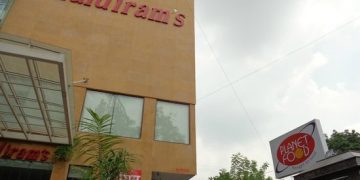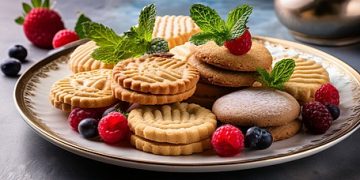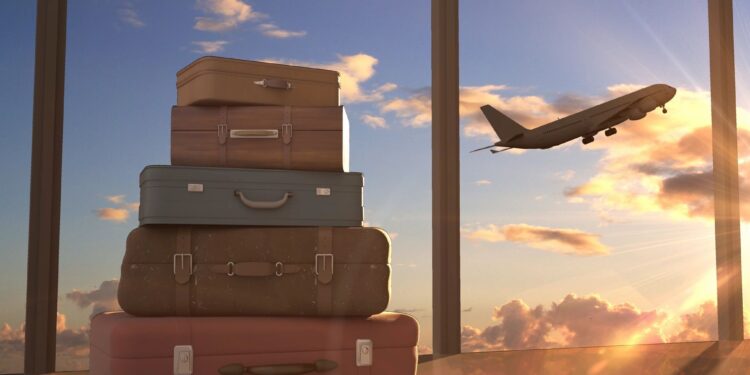For those in the know, there are plenty of little gems tucked away in and around Tokyo that are worth a visit. Here are a few of my favorites:
Ofuna:
Many day-trippers heading to Kamakura may notice the large visage of a female Buddha towering over hill-top near Ofuna train station. Devotees to a female Buddha aren’t all that common in Japan and the temple deserves a stop for that reason alone. It’s a steep hike up to the top but those who undertake the climb can explore the shrine inside the large statue and check out the view. Ofuna’s other main attraction is a mere 10 minute bus ride away from the Taya Caves. Tucked away next to a car dealership is a Buddhist temple like no other. Josen-ji Temple Monks adhered to a mystical form of Buddhism and spent long periods of time underground alternating between meditating and tunneling into the hillside. Various meditation chambers have been etched in the walls as well as impressive animal figures. Armed only with a candle on a stick (flash photography is discouraged) a trip into the tunnels is a little like being in your own Indiana Jones. 400 meters of this 1500 meter tunnel is open to the public.
Access: Take the Yokuska-Sobu line south from metro Tokyo to Ofuna station.
Okubo: Tokyo’s Koreatown
Right in the heart of Tokyo, Okubo is found just north of Kabukicho (Tokyo’s red-light district) and a stop away from Shinjuku station. Okubo has become a vibrant Korean community. Strolling through the district travelers will notice the streets signs gradually transition from Kanji to Hangul. With a wide variety to choose from, visitors should take some time selecting a Korean restaurant that suits your price range and tastes. I settled on one that was situated below street level and had a picture of the owners with former President Jimmy Carter. If it is good enough for a US president, then it’s good enough for me.
While Koreatown is aptly named, immigrants from around the world have made this district their home, making Okubo one the most ethnically diverse areas in Tokyo. Visitors can expect to find Indian and Pakistani cuisine, Indonesian women hurrying down the street carrying groceries ““ I even chatted football with a couple from Seville, Spain. I can also attest that Okubo has some of the most competitive pick-up basketball games in Japan.
Access: One stop north of the Shinjuku station on the Seibu-Shinjujuline
Yokohama’s Chinatown:
Yokohama’s Chinatown is the largest Chinatown or “Chuka-gai” in Japan. To see Chinatown at its best, visit it at night when festive paper lanterns decorate the streets and unusual aromas waft through the air. In addition to its impressive entry gates, the area also boasts a temple called, Kantei-byo. This temple was originally founded in 1872 and appears to have its own glow in the evening lights. On week nights cozy restaurants are packed with businessmen eating elbow to elbow and browse the herbal and trinket stalls common to Chinatowns across the globe.
Access: From Yokohama station, take the subway to Kannai Station
Machida Daiso ““ 100 yen store:
Machida is large commercial district filled with multi-storied malls in the western edges of Tokyo. The mall has a western style and I am sure it affords plenty of interesting shopping opportunities. However, I made a mad dash straight for a large building at the end of the main strip. My objective: Machida Daiso 100 yen store. 100 yen stores are the Japanese equivalent of the American “99 cent store.” The Machida must be the mother of all 100 yen stores boasting five stories and some 55,000 items! I gorged myself with bulk purchases of coffee decorative teapots, amusing signs written in Kanji and soap bars with the Eiffel tower printed on them.
Access from Shinjuku station take the Odakyu line it’s about an hour to Machida
The Seiji Togo Memorial Yasuda Kasai Museum of Art:
Tucked away on the 42nd floor of one of Shinjuku’s many skyscrapers is a small art museum, which holds some world famous artistic treasures. The Seiji Togo Memorial Yasuda Kasai Museum of Art is dominated primarily by the works of famed Japanese artist, Seiji Togo. However, it has several western artists including both Cézanne and Gauguin. Perhaps, the greatest attraction at the museum rests on Van Gogh’s “Sunflowers,” which was sold for 40.3 million dollars during the height of Tokyo decadence. The Museum is rarely crowded and on one Saturday in August I was alone with Van Gogh’s work for half an hour.
Access: A five-minute walk west of Shinjuku station.

































































